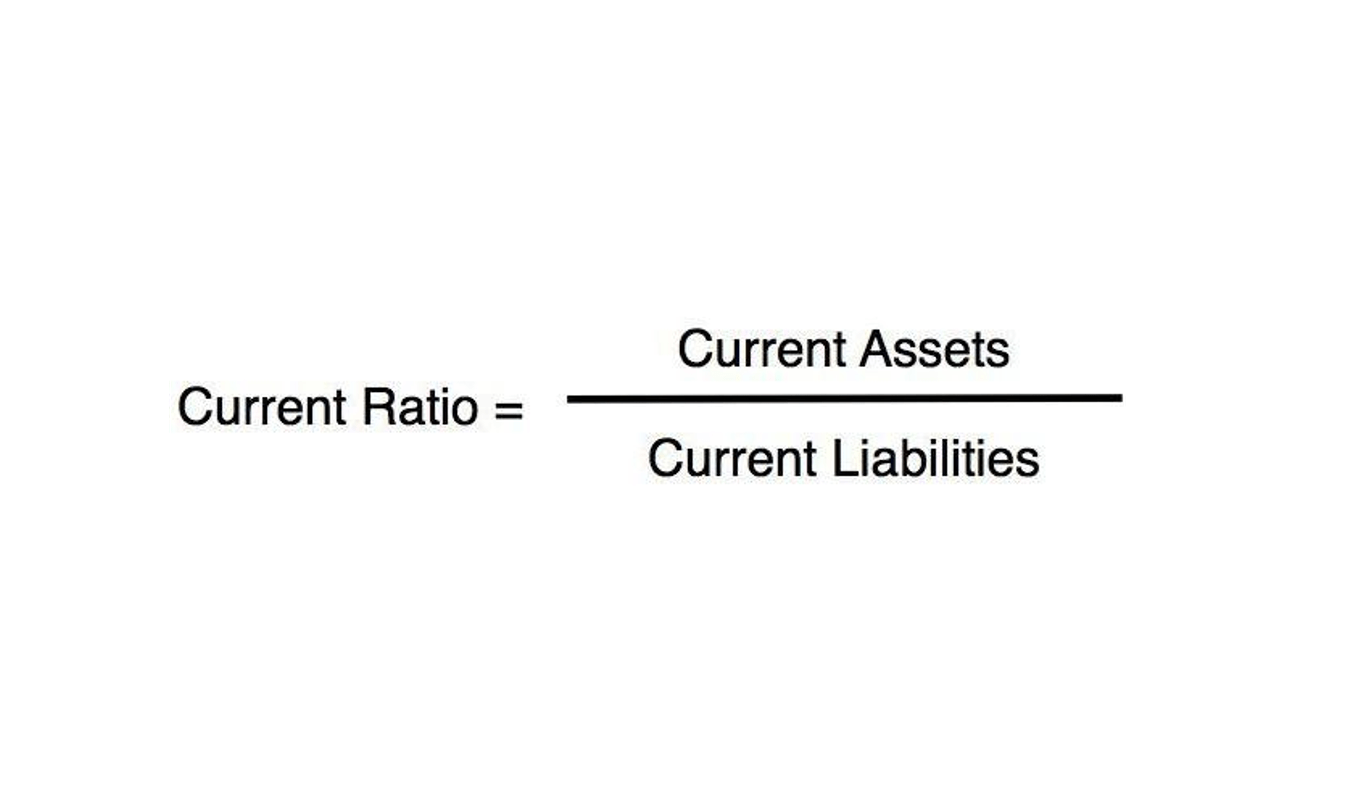
By contrast, a reverse stock split occurs when a company seeks to elevate its share price. Often, a company does this to meet listing requirements, which often require a minimum share price. While shares outstanding account for company stock that includes restricted shares and blocks of institutional shares, floating stock common stock outstanding formula specifically refers to shares that are available for trading. Floating stock is calculated by taking outstanding shares and subtracting restricted shares. Restricted stock are shares that are owned by company insiders, employees and key shareholders that are under temporary restriction, and therefore cannot be traded.
- Now that you’re equipped with this foundation of knowledge, all you need to do to figure it out is to go look it up on any company’s balance sheet in their 10-Q or 10-K filing.
- Many companies buy back shares as part of their capital allocation strategy.
- Along with individual shareholders, this includes restricted shares that are held by a company’s officers and institutional investors.
- Outstanding shares include share blocks held by institutional investors and restricted shares owned by the company’s officers and insiders.
- A company with a steadily increasing EPS figure is considered to be a more reliable investment than one whose EPS is on the decline or varies substantially.
What is Weighted Average Shares Outstanding?
A metric that can be used to identify more efficient companies is the return on equity (ROE). For example, they may compare the forward EPS (that uses projections) with the company’s actual EPS for the current quarter. If the actual EPS falls short of forward EPS projections, the stock price may fall as investors register their disappointment. Investors may also look for trends in a company’s EPS growth over time to get a better idea of how profitable a company has been, how steadily earnings have grown, and the potential for future performance.
EPS and Capital
- New share issues, the exercise of stock options, conversion, and cancellations through buybacks will change the figure.
- Here, the balance sheet reports 8,019 million shares issued and 3,901 million treasury shares, as of September 30, 2022.
- If there are 100 shares outstanding and you buy one, you own 1% of the company’s equity.
- Imagine a situation where the company exercises a share buyback at the end of the year.
- For example, the difference between the number of shares currently outstanding and the number of shares fully diluted is comparatively likely to be significant for fast-growing technology companies.
For simplicity, we’ll also assume the conversion of diluted securities occurs on the same dates. We’ll now move on to a modeling exercise, which you can access by filling out the form below. Adjusted EPS is a type of EPS calculation in which the analyst makes adjustments to the numerator.

What Is a Good Earnings Per Share Ratio?
The earnings per share (EPS) reported by a company per GAAP accounting standards can be found near the bottom of a company’s income statement, right below net income. Common stock is an equity account in a company balance sheet, representing the amount of money invested by shareholders in exchange for ownership. It is listed under the “Stockholders’ Equity” section and is considered a long-term account. In some cases, the balance sheet may also show more information about the common stock, such as how many shares are still outstanding and how much they were sold for. The numerator in the earning per share (EPS) formula is net income from the income statement, which tracks the financial performance of a company over a period of time. Earnings per share (EPS) is an important profitability measure used in relating a stock’s price to a company’s actual earnings.
This measurement figures into the earnings portion of the price-earnings (P/E) valuation ratio. The P/E ratio is one of the most common ratios utilized by investors to determine whether a company’s stock price is valued properly relative to its earnings. Diluted EPS, which accounts for the impact of convertible preferred shares, options, warrants, and other dilutive securities, was $1.56. Shares outstanding is a financial number that represents all the shares of a company’s stock that shareholders, including investors and employees, currently own. While outstanding shares are a determinant of a stock’s liquidity, the latter is largely dependent on its share float. A company may have 100 million shares outstanding, but if 95 million of these shares are held by insiders and institutions, the float of only five million may constrain the stock’s liquidity.

Outstanding shares are the shares that have been issued and are currently held by investors. Most notably, short interest usually is measured as a percentage of the float, rather than shares outstanding. This is because short sellers, when choosing to cover, can only buy the shares actually in the float.

- The “% Weight” for each period is 25%, since each time period represents a quarter of the fiscal year.
- When companies consider their stocks to be undervalued, they often initiate a share repurchase program, buying back some of their issued shares at a favorable price.
- The corporation has issued 20,000 of those shares to investors and received $2,000,000.
- Authorized shares, meanwhile, are the maximum number of shares a company can issue, based on its corporate charter.
- Generally speaking, stocks with smaller floats will experience more volatility than those with larger floats.
- We will use 562,500 because in the above calculation, we assigned weights according to the time proportion that the share outstanding figure was unchanged.
- Many companies decide to do a stock split to make their stock more affordable for a broader range of investors and to improve liquidity.
Diluted shares outstanding include “dilutive” securities that could add to the share count — including options, warrants, and convertible debt. A company’s number of shares outstanding is used to calculate many widely used financial metrics. Market capitalization — share price times number of shares outstanding — and EPS are both computed using a company’s number of outstanding shares.
The company hasn’t taken action yet; it’s just gotten approval to take action and sell some shares if it chooses to. As an example, let’s say that a fictional business, the Helpful Fool Company, has authorized 5,000 shares. Authorized shares are the maximum number of shares a company can issue, as specified in its corporate charter.